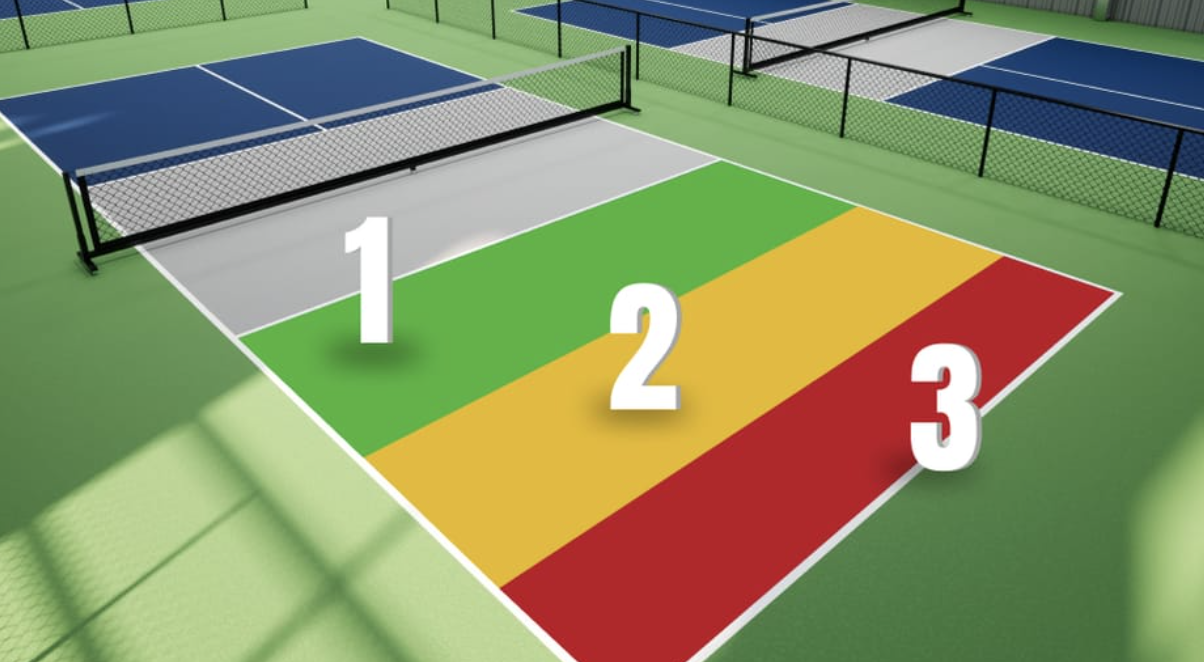Transition Zone Tactics: Stop Rushing and Start Winning
The transition zone isn’t a sprint to the kitchen—it’s a battlefield, and rushing through it guarantees you’ll lose the skirmish. Success in this middle ground comes down to four critical habits: stopping your feet before your opponent strikes, adopting a wide, catcher-like stance, lowering your paddle to expect foot attacks, and keeping that paddle in front like a shield. Most players blow through this area like it’s lava. But the real secret to smoother points and fewer errors is learning to control the chaos right there in the middle.
The first adjustment is mental: pause your forward motion when your opponent is about to hit. Don’t just charge forward blindly. This split-second stop sets you up to react laterally, especially when they target your edges. Next, shape your body like a baseball catcher—wide base, weight forward, ready to block. This athletic stance gives you the balance needed to handle awkward shots, and to stay planted for a controlled fifth or seventh shot.
Third, ditch the paddle-high stance. In transition, the smart money says aim low—because that’s where your opponent is aiming. Lowering your paddle preps you to dig out foot shots, and it helps you judge which balls might sail out. And finally, leave the backswings for your serve. Keeping your paddle out front gives you control, vision, and soft hands when you need them most. Power’s not the goal here—survival and setup are. Master this zone, and you’ll start dictating points instead of surviving them.

